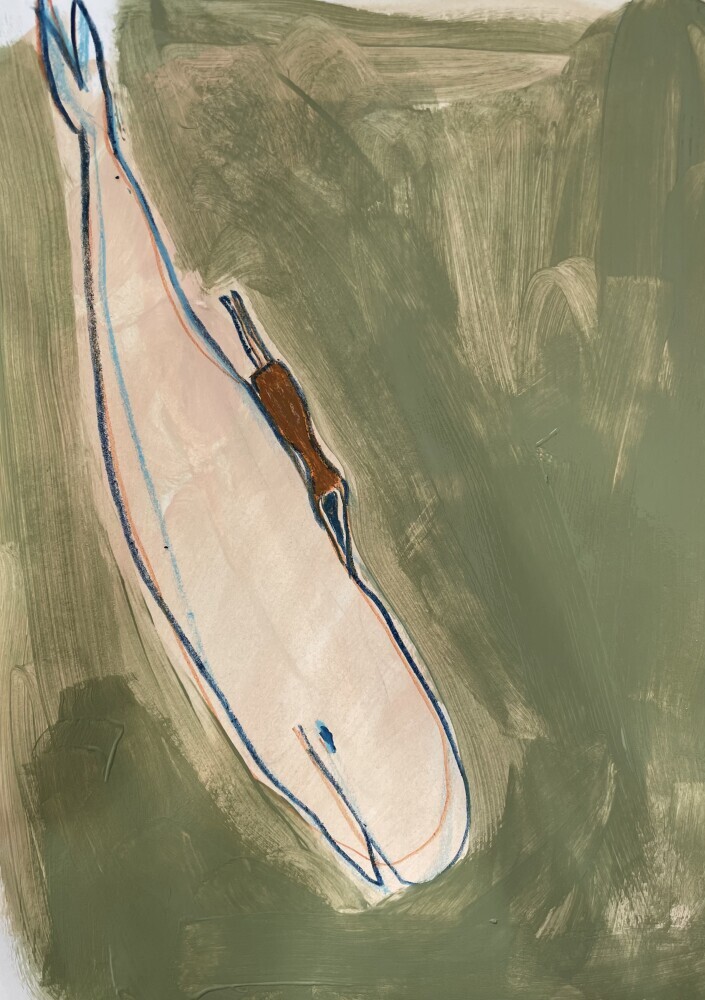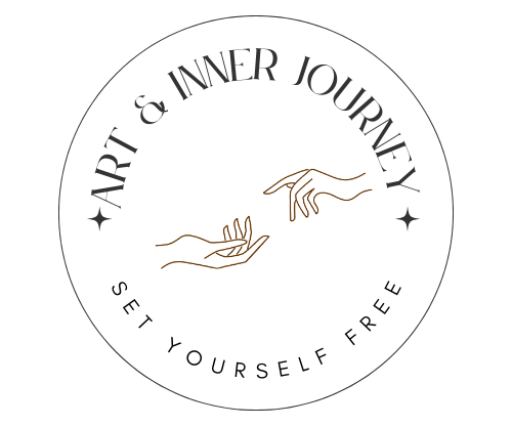Art doesn’t just hang on walls; it gives a voice to thoughts and feelings that words might struggle to express. Creating art is like holding a mirror to your inner self, revealing layers you might not even know existed.
Self-expression through art can take many forms. Whether it’s painting, sketching, or sculpture, each choice aims to reflect something within you. Art allows for an exploration that taps into emotions, providing clues about your internal world.
Creating art isn’t reserved for the so-called ‘talented.’ Every brush stroke and color choice comes from a place of personal truth. Dive in without judgment and watch as the canvas begins to tell your story.
Several individuals have found clarity in art, using it to navigate personal challenges. A vivid splash of color could be a release from tension, while serene landscapes may convey a longing for peace. These works offer insights into emotions.
When you sit down to create, you connect with deeper emotions lurking beneath the surface. There’s something deeply personal and powerful in translating feelings into something tangible. Embrace the opportunity to discover new things about yourself with each artistic endeavor.
Emotional Awareness Through Artistic Interpretation
Getting a grip on emotional intelligence can change how we relate to ourselves and others. At its core, it’s about recognizing and understanding emotions, both ours and others’. Art is an unexpected yet profound way to develop this skill.
When viewing or analyzing a piece of art, take a moment to really feel what reactions and emotions it stirs within you. This active engagement can heighten empathy and awareness. By tuning into how art makes you feel, you’re practicing understanding different emotional states.
Art has a knack for uncovering deep-seated feelings. Sometimes, a painting or sculpture resonates with us for reasons we can’t immediately pinpoint. This is where the psychology of projection comes into play. We often project our subconscious feelings onto art, allowing us to examine them from a safe distance.
Experiencing art can act as a form of therapy, offering a window into our subconscious without the need for words. Interacting with art isn’t just about appreciation; it provides therapeutic benefits, helping to process complex emotions.
By understanding the emotions that art draws out in us, we can begin to comprehend our inner world better. This process of self-reflection through art is empowering, providing clarity and a sense of peace. Let art be a bridge to greater emotional understanding.
Practical Steps: Engaging with Art to Discover and Understand Your Emotions
Art can be more than just a hobby; it can be a transformative tool for self-discovery. Engaging with artwork offers insights into your emotions, and there are practical ways to do this effectively.
Start by choosing a medium that resonates with your current emotional state. This could be anything from painting to digital art. What’s important is how it makes you feel during the process.
Exercises and routines can help bring emotions to the surface. For example, try drawing or painting with your non-dominant hand. This simple change can unlock different parts of your brain, leading to unexpected emotional insights.
Creating a daily ritual could work wonders for your emotional exploration. Incorporating art into a journaling routine lets you visualize what words might not fully capture. By reflecting on these pieces over time, patterns can emerge that reveal shifts in how you feel about certain aspects of your life.
Reflection is a key part of this journey. Don’t just make art—take time to look back and consider what you’ve created and how it correlates to your feelings at those moments. This practice isn’t just therapeutic; it’s enlightening, showing personal growth and evolving understanding.
In a world bustling with distractions, art offers a quieter path to introspection and emotional awareness. Embrace this daily practice, and you’re likely to find a richer, more nuanced understanding of your emotional landscape.
